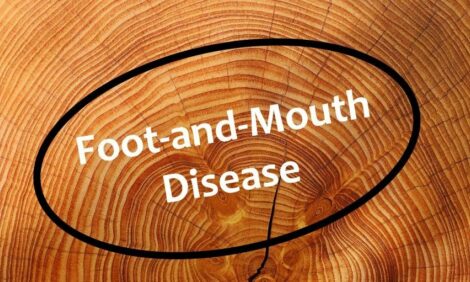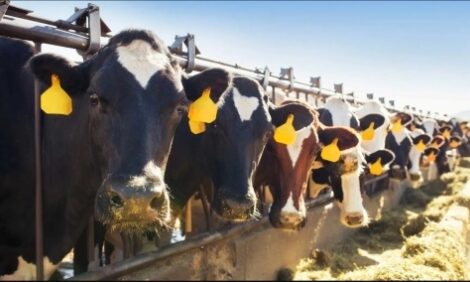



Cutting The Cost of Winter Feeding
US - At a time of fertiliser, feed and by-product price volatility, controlling input costs through the winter is as important as ever.This is why researchers at the University of Florida are looking at ways to maximise weight gain and digestibility from winter forage.
One study evaluated feeding systems on a dollars per pound of weight gain basis. The other assessed two digestibility markers as a proxy for feed suitability.
Researchers showed that grazing a triticale and ryegrass blend is a potential cost saving strategy for winter.
The blend yielded better average daily gain results compared to a rye/ryegrass winter pasture and an ad lib bahiagrass hay supplemented with a 50:50 corn gluten and soybean hulls mix three times a week.
Results from a 48 head herd of crossbred heifers in Florida showed that a pasture of triticale and ryegrass was the most cost effective option at $1.06 per pound of weight gained.
In contrast, rye and ryegrass pasture rated poorly. Low body weight gain meant a cost of pound gained of $1.99 per pound.
“Developments in terms of forage varieties have provided cattle producers with more options for winter forages,” the paper concluded. “Blending winter forage species with different growing patterns can be an alternative to produce enough quality and quantity to support high rates of weight gain.”
Low stocking rates were used on the study to ensure sufficient intake, the team noted. However, quality is more important to performance than quantity.
Whereas one study used weight gain figures to benchmark feed, the other analysed digestibility markers as parameters for nutrition.
The need to use chromic oxide as a proxy for feed digestibility could go thanks to a second Florida University study testing titanium dioxide efficacy.
Extensively used in rat, chicken, dairy and pig nutrition, beef farmers have relied on chromic oxide, a substance marred by reports of its carcinogenic effects in 2004.
Potentially, this could see titanium oxide tests improve feeding efficiency and profit margins on beef farms, assisting producers with decisions over nutrient balance for maintenance and growth.
Digestibility markers must conform to certain criteria, however. They need to be non-absorbable, physically similar to or associated with the feed material and not affect or be affected by rumen activity or microbial populations.
Evaluating digestibility can be done twice a day from sampling faecal matter at 8:00 am and 4:00 pm.
Michael Priestley
News Team - Editor
Mainly production and market stories on ruminants sector. Works closely with sustainability consultants at FAI Farms



